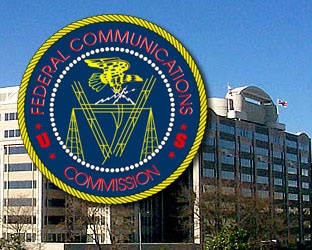The FCC on Wednesday (7/12) adopted new rules to ensure Americans who are blind or visually impaired have access to more video described programming.
Video description, also called audio description, allows people with limited vision to hear a description of on-screen activity while also following the dialogue, providing a more fulsome entertainment experience.
According to the National Federation of the Blind, more than 7 million Americans have a visual disability. The new rules adopted today are intended to ensure that more video described programming is available to those who rely on it, and also provide broadcast and non-broadcast television networks more flexibility in complying with the rules.
Starting in July 2018, broadcasters and pay-TV providers carrying one of the top networks must provide 87.5 hours of described programming per calendar quarter. This averages out to roughly one hour per day of description on each included network.
This is an increase of 75% over the 50 hours per quarter presently required.
While the current 50-hour requirement must be provided during prime-time or children’s programming, the additional 37.5 hours per quarter being added by these new rules can be provided at any time of day between 6am and midnight.
The networks currently covered by the rule are ABC, CBS, Fox, NBC, Disney Channel, History, TBS, TNT, and USA. However, the list of the top five non-broadcast networks will be updated in July 2018, and the FCC explains that list this is therefore subject to change.
“With the 21st Century Communications and Video Accessibility Act of 2010, Congress recognized the importance of ensuring that Americans with disabilities have access to functionally-equivalent entertainment and communications options,” the Commission said. “The new rules adopted by the Commission today take another important step in implementing this law and furthering its accessibility goals.”
Video description is provided through the TV or set top box “secondary audio” feature, which some TV controls identify as “SAP” or “secondary audio program.”
To learn more about video description, please click here.
The action, “MB Docket No. 11-43,” was unanimously approved by the FCC, with separate statements issued from Chairman Ajit Pai and Commissioners Mignon Clyburn and MIchael O’Rielly.





